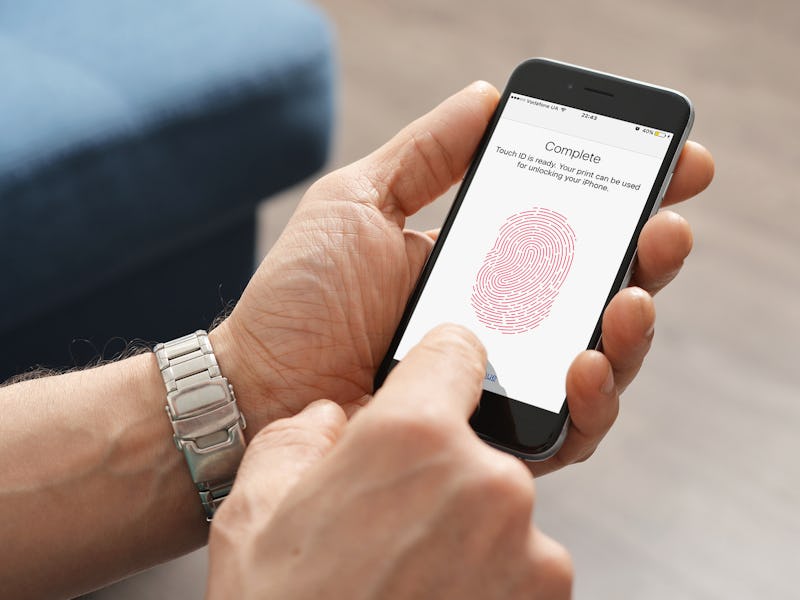Apple Event 2018 Question 1: Which Features Have Been Killed by New iPhones
Will this be the next headphone jack?

Apple’s iconic smartphone has sometimes removed beloved features to make way for the features of the future. The latest example was 2016’s removal of the headphone jack, which drove certain users up the wall but was followed by the introduction of one of Apple’s most popular products, the AirPods. This creative destruction will once again rear its head during the September 12 iPhone keynote, most likely with the full retirement of Touch ID to make way for Face ID.
The circular thumbprint reader that has been below the display of Apple’s handsets since the 2015 release of the iPhone 5S will likely take its curtain call this year. All three iPhones that are expected to take the spotlight at the Steve Jobs Theater are anticipated to use facial recognition to unlock, making the iPhone 8 and 8 Plus the final models to use a fingerprint sensor as security.
A video shows a thumbprint being used to unlock an iPhone using Touch ID.
People bemoaned the loss of the headphone jack, and they’ll likely do the same when the tentatively named iPhones XS, XS Max, and XC ditch the ring-shaped sensor at the bottom of the screen for a TrueDepth camera embedded in their screen notches. But with the loss of this long used security measure comes room for innovation.
Goodbye Touch ID, Hello Face ID: Way More Screen
One of the biggest payoffs of eliminating the circular thumb reader at the bottom of iPhones is room for more screen. Accommodating the Touch ID sensor required Apple to give up valuable display real-estate for a black bezel. The iPhone XS Max has been rumored to come with a 6.5-inch screen, the largest in Apple history. Without the bottom bezel, this massive screen should be more eye-popping than any other iPhone ever released.
The Cupertino-based company’s competitors like Samsung and LG have long offered nearly completely bezel-less phones by strategically repositioning their fingerprint scanner to the back of the phone.
Everything that is packed into an iPhone X's notch.
Apple chose to go all in on Face ID to not only make their display shine but to introduce new software and camera features that were never available before the company introduce facial recognition.
Goodbye Touch ID, Hello Face ID: Portrait Mode, Animoji, and More
The tech that enabled Touch ID at the bottom of the iPhone was replaced by the TrueDepth camera that is housed inside of the iPhone X’s notch. This piece of hardware creates a 3D render of the user’s face using 30,000 invisible dots to map out the users’ nose crinkles and dimples.
Animoji example enabled by the TrueDepth camera.
Being able to map out faces this accurately was something far beyond the capabilities of previous iPhone cameras. This enabled features like Portrait mode, which can place a bokeh effect on any selfie you take. And it also allowed for the creation of hyper-realistic Animojis that can transform anyone’s face into skeleton, dragon, or bear.
So if you’re frustrated with Apple forcing facial recognition on its users, just remember that creative destruction has brought about some heavy hitting iPhone features in the past.
Check out some of the other big questions we’re following ahead the September 12 Apple event.
- Big Question #8: Will AirPower Charging Mat Be Addressed?
- Big Question #7: What’s to Come of the iPad Overhaul?
- Big Question #6: The Premium Biggest iPhone’s Selling Point
- Big Question #5: What Will the “Budget” iPhone 9 Be Called?
- Big Question #4: How Will MacBook Drama Be Addressed?
- Big Question #3: How Will Pricing Affect the iPhone 8?
- Big Question #2: Will All the iPhones Get Face ID?